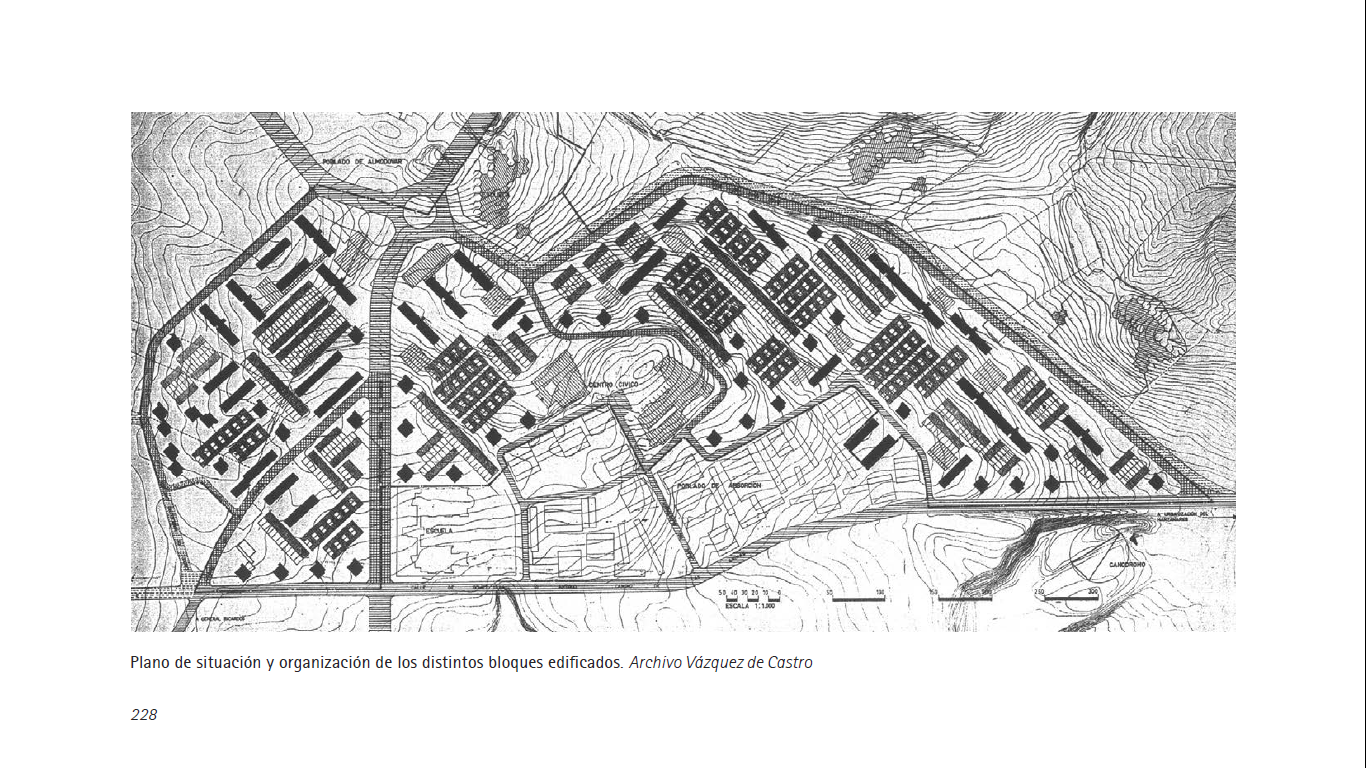
Abstract This book includes a graphical analysis of twelve urban design projects in six cities of Ibero-America. Among the chosen examples is the “Poblado Dirigido” of Caño Roto in Madrid, designed by Antonio Vázquez de Castro and José Luis Íñiguez de Onzoño in 1957, which is an outstanding example of post-war design at an urban …
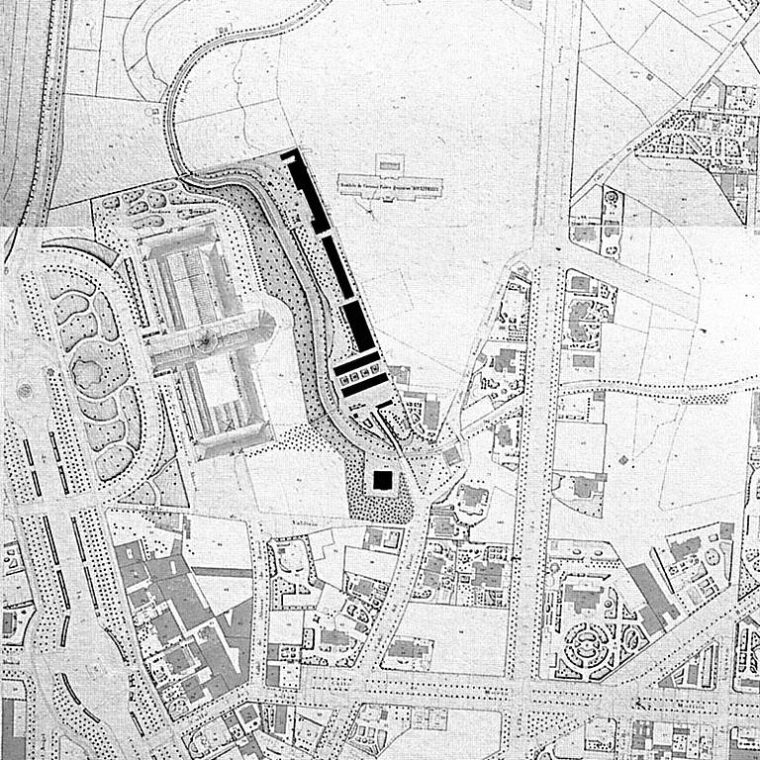
Abstract The Residencia de Estudiantes is a milestone in the history of modern Spanish culture, not only because of its prominent residents and guest lecturers (Einstein and Keynes, Le Corbusier and Gropius among many others), but also because of its architecture and urban design, developed by the architect Antonio Flórez Urdapilleta since 1910. The project …

Abstract This chapter of the book Legado Francisco de Asís Cabrero Torres-Quevedo, edited by COAM in 2007, describes and analyzes an example of post Spanish Civil War urban design by architect Francisco de Asís Cabrero, a housing neighbourhood in Béjar (Salamanca). The design, developed in 1942, is probably based on Italian precedents the author was …

Abstract The long survivals of open public spaces is a major feature in Istanbul’s urban history. The ancient Hippdrome, preserving its original name as the horse square, in Turkish At Meydanı, is a key example, since the 17th century also serving as an external courtyard to the Sultan Ahmet (Blue) Mosque. Such public spaces were …
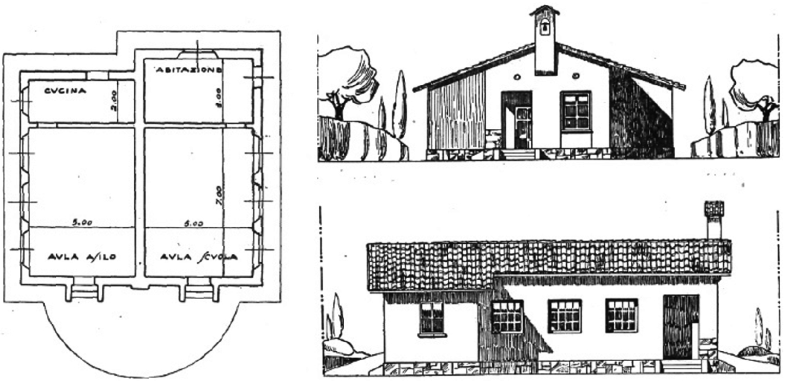
Abstract Based on a research and fieldwork carried out in the framework of the EU-funded research project MODSCAPES (Modernist Reinventions of the Rural Landscape, funded under HERA JRP III call “Uses of the Past”, Oct. 2016–2019), this contribution focuses on the case study of the Pontine Plain. In the 1930s, as part of Mussolini’s ruralization …

Abstract During the 30’s, the Fascist Party achieves its most significant territorial project: the reclamation of the Pontine Marshes and the construction of New Towns. In the same years starts the debate between modernity and tradition, that will characterize the whole history of modern Italian architecture, and the Fascist party obtains its highest approval trying …
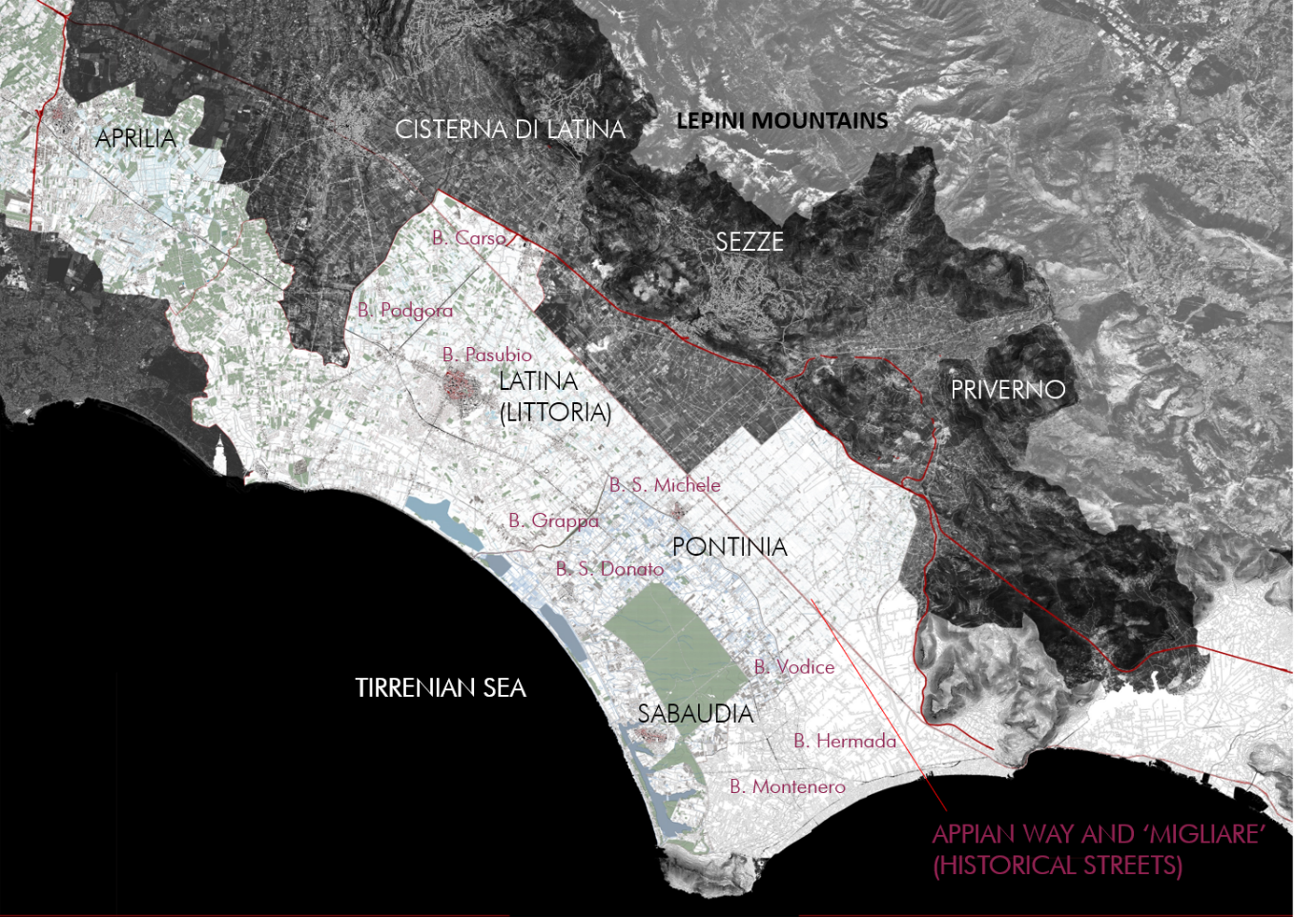
Abstract With the reclamation of the Pontine Marshes – known all over the world as the main unresolved Italian heritage – and the construction of the New Towns during the 30’s, the Fascist Party achieves its most significant territorial project. This project becomes the first Regime’s propagandistic instrument concluding, in less than ten years, the …
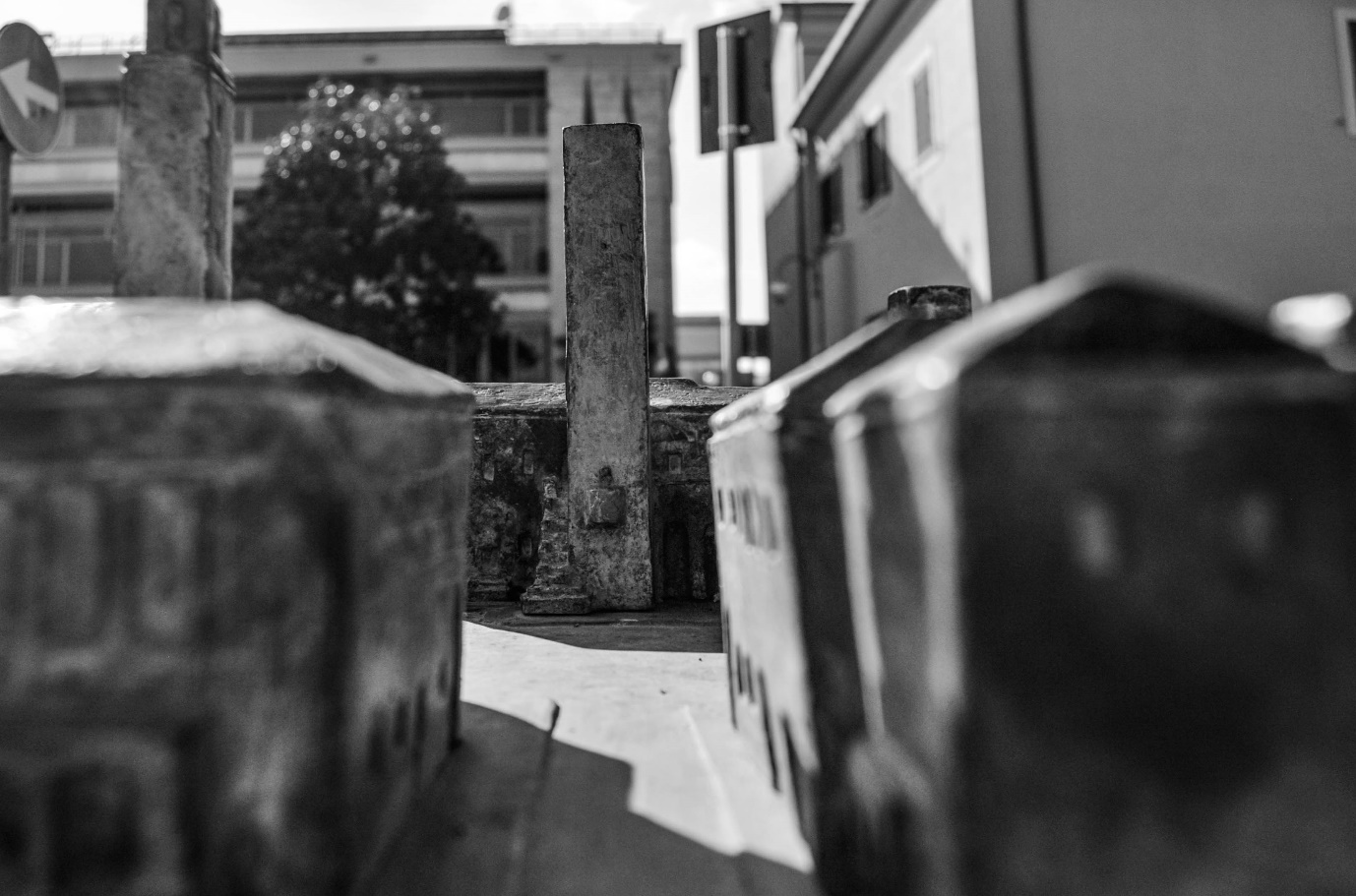
Image: Emanuela Margione, 2018: Aprilia. Contemporary Survey Abstract Quarta delle cinque città di fondazione costruite dal fascismo negli anni Trenta alle porte di Roma, la città di Aprilia, nella storia dell’Agro Pontino, risulta particolarmente interessante in quanto unica eccezione sottoposta ad un duplice processo di demolizione: il primo, avvenuto nel 1944 durante il conflitto bellico; …
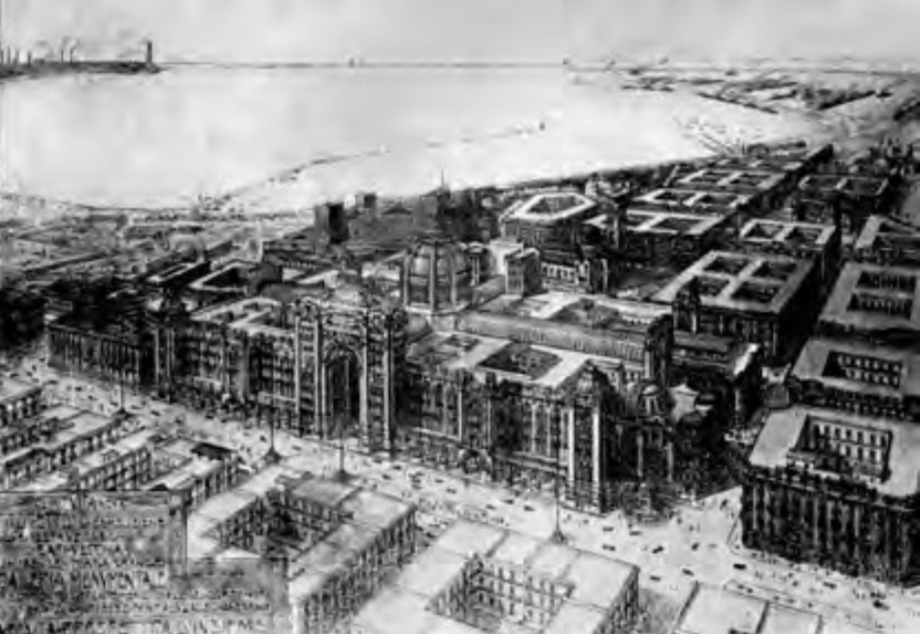
Abstract In the Fascist era, Gustavo Giovannoni played a fundamental role in planning the historic center of Bari, even though he did not take on direct urban planning tasks. The “Bari Vecchia” became a fundamental test for the theories of ‘diradamento’, even if some expectations were not met, especially as regards the administrative and economic …

Abstract The notion of ‘historical center’ is only apparently clear, especially in those cases where we do not have to refer to the compact and survived core within the perimeter of a small or average-sized town, but rather to a complex environment. In its specificity, Naples is one of those cases where it is already …









